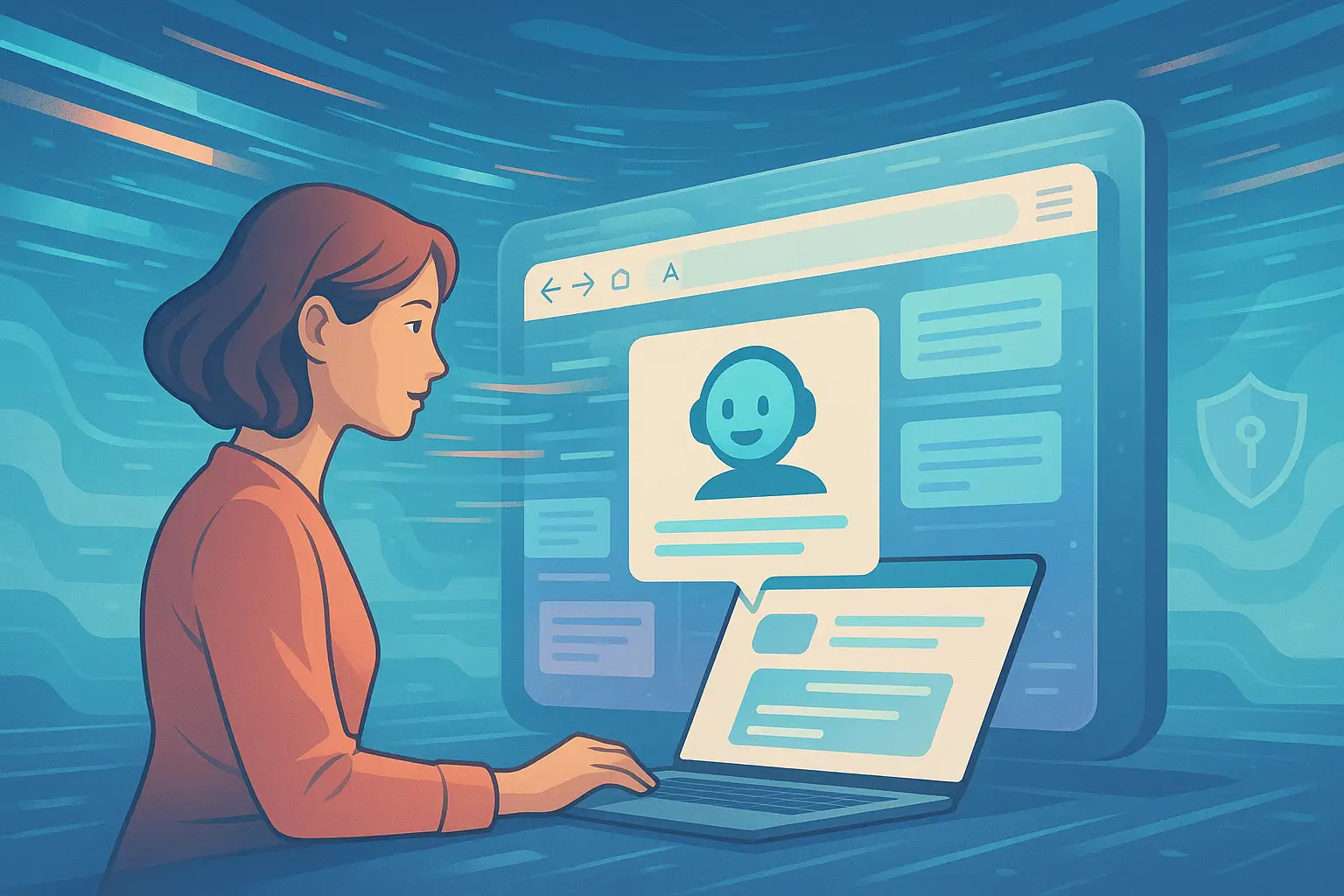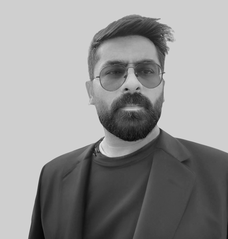
OWL vs Manus AI: Open-Source Battle
Table of Contents
- Introduction
- 🦉 What is OWL?
- 🚀 Key Features of OWL
- 🆚 OWL vs. Manus AI — How Do They Compare?
- 🌍 OWL's Role in the Open-Source AI Ecosystem
- 🌟 Why OWL is a Game-Changer for AI Research & Automation
- 🤔 Frequently Asked Questions (FAQs)
- 🔎 Final Thoughts – Is OWL the Future of Open-Source AI?
Introduction
Artificial intelligence (AI) has grown beyond simple automation tools to complex multi-agent systems capable of executing human-like workflows. In this article, we'll explore OWL, an open-source AI framework from the Camel AI project, and how it serves as an alternative to Manus AI, a proprietary AI with a reported higher benchmark performance. Whether you're a developer, researcher, or entrepreneur, understanding the strengths and trade-offs between these two AI technologies can help you choose the best solution for your needs.
🦉 What is OWL?
Open-Source AI with a Focus on Collaboration
OWL (Optimized Workforce Learning) is an open-source AI system developed under the Camel AI project. This framework is designed for multi-agent collaboration, meaning it allows multiple AI agents to work together, autonomously handling complex tasks.
OWL is unique because it builds on the CAMEL-AI infrastructure, which focuses on scalable agent cooperation, optimizing how AI systems interact and solve real-world problems. It has already proven its capabilities in the GAIA benchmark, scoring 58.18%, making it one of the top-performing open-source AI systems.
📌 Key Takeaway: OWL isn't just another AI model—it's a framework for intelligent multi-agent collaboration, making it highly adaptable for users who need modifiable AI solutions.
🚀 Key Features of OWL
OWL is packed with features that make it a powerful AI multitool. Here's what stands out:
📊 1. GAIA Benchmark Excellence
OWL is one of the best-performing open-source AI systems on the GAIA benchmark (General AI Assistant benchmark). While not the highest in the ranking, its 58.18% score places it well among other AI agents, proving its robustness in handling real-world tasks.
🔥 2. Multi-Agent AI Capabilities
Unlike basic AI models, OWL enables multiple AI agents to collaborate in solving tasks. This cooperation allows for:
- Task delegation (specific agents handle certain operations)
- Parallel execution for efficiency
- Contextual learning (agents share knowledge for better decision-making)
👀 3. Advanced Toolkits for Real-World Applications
OWL is highly modular, integrating with essential tools for automation:
- Browser Automation (Similar to Selenium)
- Video & Image Processing (AI-powered recognition)
- Document Parsing (Supports Word, Excel, PDF)
- Code Execution (For AI-driven programming tasks)
- Weather, Maps, and Search Toolkits (Gather real-time data)
This makes OWL useful for data analysts, researchers, developers, and businesses looking for AI-powered automation.
🛠 4. Flexible Installation & Compatibility
You can install OWL using Python 3.10–3.12 via:
uv(recommended)venv+pipconda
It also supports Docker deployment, making it easy to integrate into existing AI workflows.
📌 Key Takeaway: OWL is highly extensible, allowing custom deployment and integration with various toolkits, making it a versatile open-source AI solution.
🆚 OWL vs. Manus AI — How Do They Compare?
🔒 Manus AI – The Proprietary Alternative
Manus AI, launched on March 6, 2025, is a commercial AI agent known for its high GAIA benchmark scores. According to reports, it has achieved:
- 86.5% on Level 1
- 70.1% on Level 2
- 57.7% on Level 3
Despite its performance advantages, Manus AI is closed-source, meaning users are locked into the proprietary system without access to modify or contribute to the model.
📊 Performance Differences
| Feature | OWL (Camel AI) | Manus AI |
|---|---|---|
| GAIA Benchmark Score | 58.18% (Top Open-Source) | 65%+ (Proprietary) |
| Multi-Agent Support | ✅ Yes | ✅ Yes |
| Open-Source | ✅ Yes (Apache 2.0 Licensed) | ❌ No |
| Customization | ✅ Yes | ❌ Limited |
| Community Collaboration | ✅ Yes | ❌ No |
| Requires API Keys | ✅ Minimal (OpenAI, Google, etc.) | ✅ Yes (Closed infrastructure) |
🧩 Open-Source vs. Proprietary Trade-Offs
While Manus AI scores higher on GAIA, its closed ecosystem and lack of modifiability could turn off developers looking for custom solutions.
OWL, on the other hand, fosters community-driven AI development, making it ideal for:
✅ Open-source enthusiasts
✅ Academic researchers
✅ Startups needing customizable AI tools
✅ Developers who want to modify AI behavior
📌 Key Takeaway: If you need a plug-and-play AI agent, Manus AI might be better. But if customization, flexibility, and open-source collaboration are your priorities, OWL wins.
🌍 OWL's Role in the Open-Source AI Ecosystem
🛠 GitHub & Community Contributions
Since OWL is open-source, anyone can contribute to its codebase via its GitHub repository. The Apache 2.0 license ensures:
- Free and unrestricted use
- Transparency in development
- Collaborative improvements by the community
📢 Community Engagement & Support
Users can get involved in the project via:
- Camel AI Discord – Community support & discussions
- WeChat Groups – China-based dev community
- Contribution Guidelines
📌 This means OWL is actively evolving, thanks to a growing global community.
🌟 Why OWL is a Game-Changer for AI Research & Automation
📢 Cost-Free & Accessible
Since OWL is free, any developer can use it without expensive licensing. This is huge for startups and researchers with budget constraints.
🛠 Highly Modifiable
With OWL, you can:
- Fine-tune AI agents
- Integrate new toolkits
- Customize workflows based on specific needs
Manus AI, by contrast, doesn't offer this level of flexibility.
🚀 A Step Forward for Open AI Development
OWL's openness challenges the proprietary dominance of AI systems like Manus AI. It proves that open-source AI can perform competitively, paving the way for future community-led innovations.
🤔 Frequently Asked Questions (FAQs)
Is OWL completely free to use?
Yes! OWL is open-source under the Apache 2.0 license, meaning anyone can use, modify, and contribute to it.
Can OWL replace Manus AI?
It depends on your needs. If you want top-tier AI performance, Manus AI might be better. But if you need a cost-effective, customizable, and community-driven alternative, OWL is a great choice.
What tools can OWL integrate with?
OWL supports browsers, databases, code execution, image/video/audio processing, document parsing, real-time search, and weather data integrations.
🔎 Final Thoughts – Is OWL the Future of Open-Source AI?
While Manus AI dominates performance benchmarks, OWL is revolutionizing multi-agent AI for open-source enthusiasts, startups, and developers.
If you're looking for a community-driven AI alternative with full customization, OWL is worth exploring.
Ready to dive in?
👉 Check out OWL on GitHub: GitHub Repo
🚀 The future of AI belongs to open-source innovation—and OWL might just be leading the charge!
Share this article
Related Articles

ChatGPT Go Free in India: Unlock AI Power 2025!
Explore how OpenAI's ChatGPT Go free offer in India is set to transform AI accessibility, from enhanced features to market impact and strategic benefits.

Atlas vs Comet: AI Browser Battle 2025
Dive deep into the world of AI-native browsers with ChatGPT Atlas and Perplexity Comet. Explore their unique features, philosophies, and the battle that is reshaping how we interact with the web.

ChatGPT Atlas: AI Browser Revolution
Explore how ChatGPT Atlas, OpenAI's groundbreaking AI-powered browser, transforms web browsing with contextual intelligence, personalized automation, and robust privacy controls.
